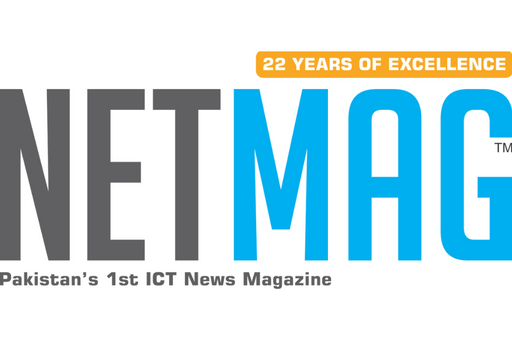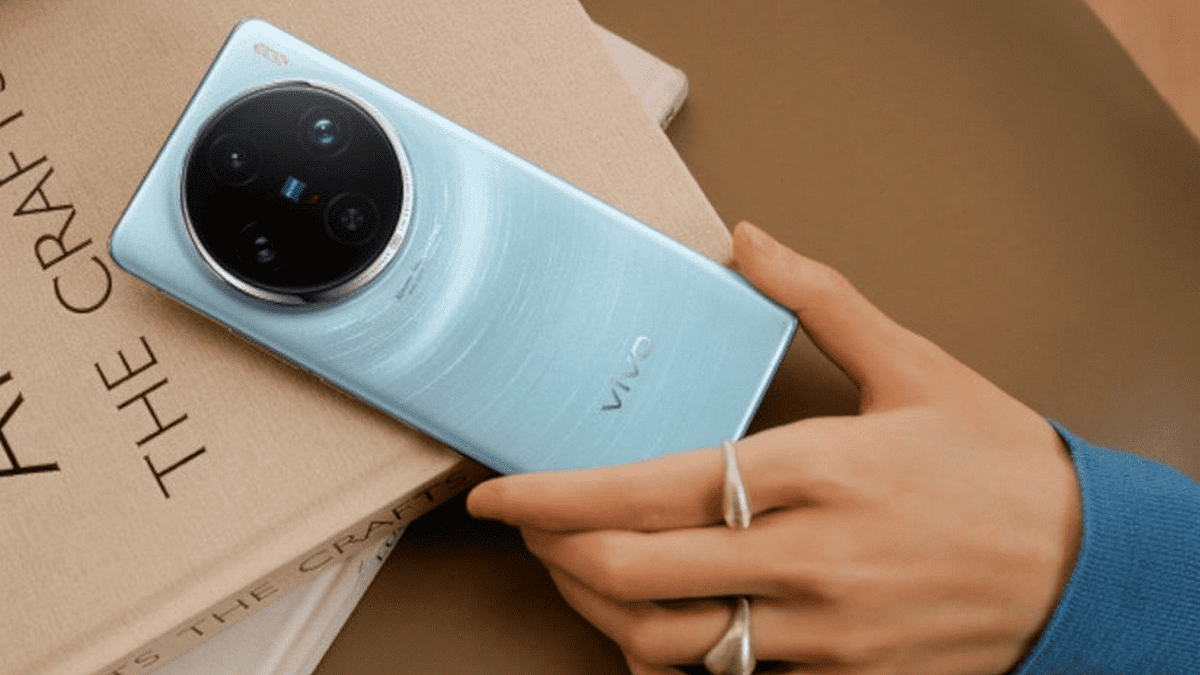SpaceX Dragon Returns with Futuristic Innovations from the ISS
SpaceX’s Dragon capsule has successfully returned to Earth, bringing back over 6,700 pounds of advanced scientific gear and experiments from the International Space Station (ISS), further cementing the dynamic collaboration between NASA and private space enterprises. This mission marks a pivotal step forward in space exploration, innovation, and education.
Breakthroughs in Material Testing
Among the most significant returns was the Multipurpose International Space Station Experiment (MISSE-20), which tested various materials—such as radiation shielding, solar sail coatings, ceramic composites, and resins—under harsh space conditions. Exposed to ultraviolet radiation, atomic oxygen, and extreme temperatures, these materials were assessed for their resilience. Insights from this experiment are expected to revolutionize spacecraft design, contributing to the development of stronger, more heat-resistant hulls and shielding for deep-space missions.
Tentacle-Armed Robots Show Future Potential
Another major highlight was the return of the Astrobee-REACCH robotic system. This innovation fused NASA’s free-flying Astrobee robots with flexible, tentacle-like arms featuring adhesive gripping pads. These robots successfully maneuvered and handled various objects in microgravity, suggesting promising applications for satellite servicing, orbital debris management, and spacecraft maintenance in low Earth orbit.
READ MORE:
Pakistan Imposes Travel Bans and FIRs on Deportees Involved in Begging Rackets Abroad
Next-Gen Space Imaging
The OPTICA experiment—Onboard Programmable Technology for Image Compression and Analysis—also concluded a year-long test aboard the ISS. Designed to compress hyperspectral images and enhance real-time transmission, OPTICA aims to lower bandwidth requirements while maintaining image quality. This breakthrough could revolutionize satellite-based environmental monitoring, disaster response, and agricultural management by improving data collection and transmission efficiency.
STEM Education Reaches New Heights
Dragon also brought back children’s books from the “Story Time from Space” initiative. ISS astronauts read and demonstrated five STEM-themed books in microgravity, creating educational content that connects space science to young learners worldwide. These efforts are crucial in inspiring the next generation of space scientists and explorers.
As the Dragon capsule returns safely to Earth, it symbolizes how the ISS continues to function as a hub for pioneering technology, scientific discovery, and educational outreach. Each mission brings us closer to deeper space exploration and paves the way for human expansion into the Moon, Mars, and beyond.




